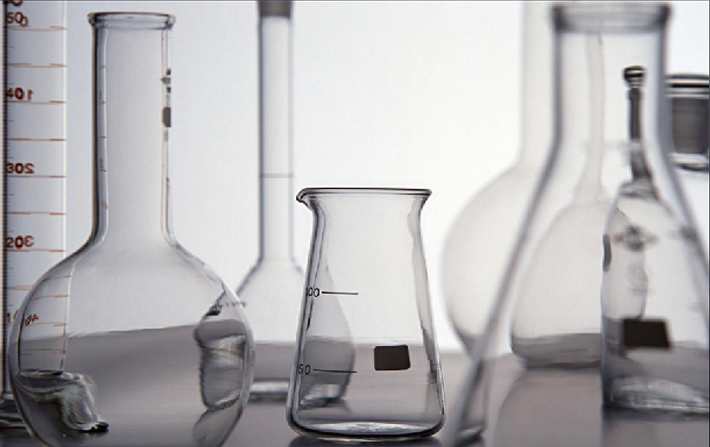Products
PRODUCT
Product details
Colorless crystal with a camphor-like odor. The relative density is 0.979(20/20℃). Boiling point 170℃ (decomposition). Vapor pressure 1.4mmHg/20℃, freezing point 31.5℃. Refractive index nD(35℃)1.5061. Flash point 32.22 ° C. Spontaneous ignition point 680℃. Soluble in alcohol. This product has two isomers, α and β, for bridge (endo-DCPD) and hanging (exo-DCPD) two kinds; The freezing point of the bridge isomer is 33℃, and that of the hanging isomer is 19.5℃. Dicyclopentadiene is mainly contained in the bridge isomer, boiling point 170℃. Because it contains double bonds, it is easy to carry out addition reaction and auto-polymerization reaction.
Purpose
• Mainly used to make medicine, pesticides, resin products.
• Mainly used as the third monomer of EPDM rubber.
• DCPD is mainly derived from the C5 fraction of kerosene or petroleum cracking and can be considered as a primary feedstock without the need for organic synthesis. Another advantage of DCPD is that the polymerization performance is active, which can be completely entered into the copolymer in the process of ethylene propylene copolymerization, but because of its slow vulcanization rate of ethylene propylene rubber, it is rarely used in industrial production.
• DCPD has two isomers endo and exo, usually obtained is endo, through a special conversion method into exo. A large number of thermosetting cross-linked polydicyclopentadiene (PDCPD) resin products with complex shapes were produced in a very short time by reaction injection molding (RIM) using DCPD as main material. Its products are used in automobile, construction machinery, agricultural equipment, medical equipment and other equipment shell covering parts.
Message
ZIBO HAOJIALI CHEMICAL INDUSTRY CO.,LTD
First class quality service and professional after-sales team.
Leling City circular economy Demonstration Park, Dezhou City, Shandong Province
Get in Touch
*We respect your confidentiality and all information are protected.

